Nature’s Clues: A Guide to Weather Signs in the Great Outdoors
Blogs
Introduction Weather Signs in Nature
Picture yourself stuck in the wild, with no gadgets, just you and nature. Scary, right? But hey, knowing how to read nature’s signs can be your lifesaver! Imagine towering trees all around, their branches whispering secrets to the wind. The ground beneath your feet is rugged and untamed. It’s just you and the wilderness, facing each other like old adversaries. But fear not, because nature has a language all its own, and if you’re willing to listen “weather signs in nature”, it can guide you through even the toughest of times.

Importance of weather prediction in survival situations. Trust me, it’s the difference between a cozy night under the stars and getting drenched in a sudden downpour. When you’re out in the wild, Mother Nature doesn’t pull any punches. One minute, the sky is clear, and the next, it’s unleashing a torrential rainstorm that threatens to wash you away. But here’s the thing: nature doesn’t leave you completely in the dark. It drops hints, subtle clues that, if you know how to interpret them, can mean the difference between safety and disaster. So buckle up, because we’re about to dive into the wild world of weather prediction, where knowing the weather signs in nature can mean the ultimate survival.
Weather Signs in Nature
Observation of animals Changes in behavior:
Birds flying low and ants scurrying indicate a drop in air pressure, often preceding a storm. This behavior is attributed to animals sensing changes in atmospheric conditions and seeking safety.
Birds flying low:
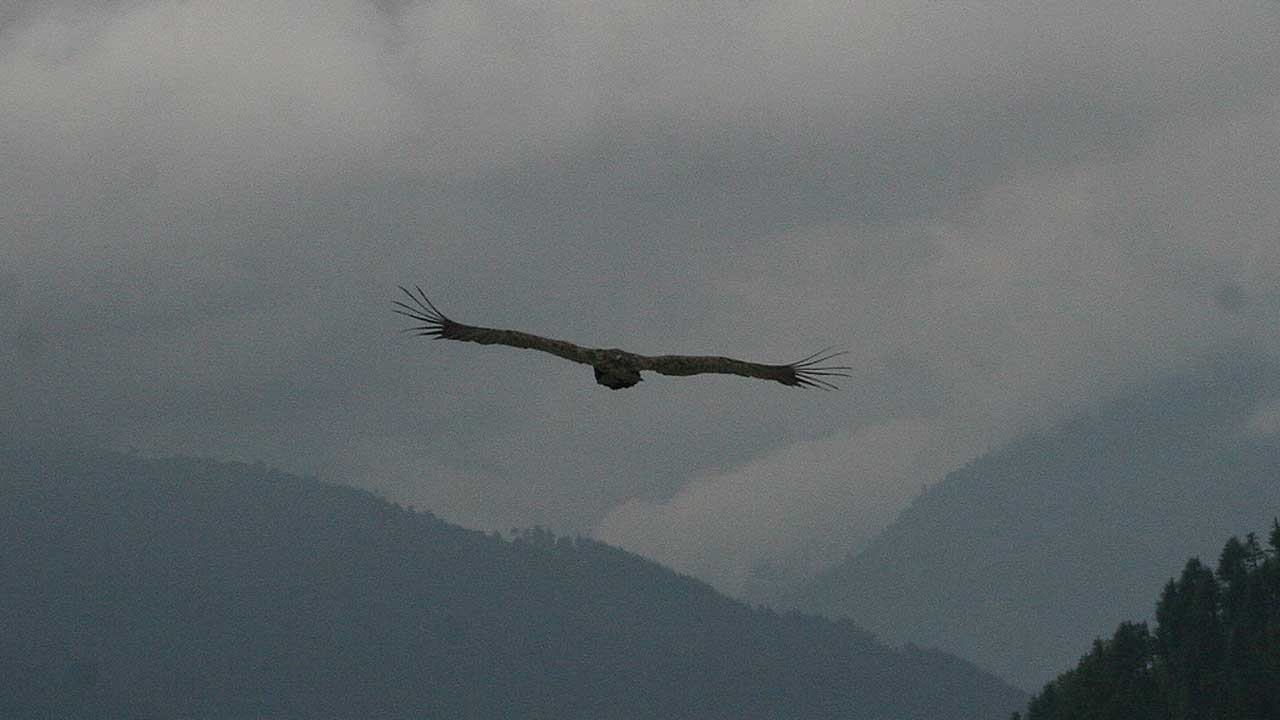
Witnessing birds gracefully gliding close to the earth foretells an imminent atmospheric shift. When majestic species such as the Himalayan griffon and lammergeier abandon their usual high-altitude realms for lower flights, it serves as an unmistakable signal of impending turbulence. Their instinctual adjustment in flight patterns reflects an innate ability to navigate the brewing tempests, a testament to nature’s profound foresight in heralding forthcoming inclement weather.
Mules running around in trekking trips:

In the rugged expanse of the Himalayan trails, the sight of mules restlessly traversing the terrain heralds a cautionary tale of impending atmospheric unrest. These sturdy pack animals, integral to mountain expeditions, possess an uncanny prescience in sensing the approaching storms. Their agitated demeanor and fervent movements serve as a poignant reminder to trekkers of the looming inclemency, urging them to heed nature’s subtle warnings and brace for the tempest’s fury.
Wildlife such as bears approaching camps:
Amidst the serene wilderness of the Himalayan foothills, an unexpected visitor on the horizon often heralds an imminent atmospheric transformation. When the majestic denizens of the forest, such as bears, venture closer to human encampments, it serves as an ominous portent of nature’s impending wrath. Their instinctive retreat seeks solace amidst the impending deluge, beckoning trekkers and adventurers to heed the silent plea of the wild and fortify themselves against nature’s relentless onslaught.
Animals Seeking Shelter:
When animals like squirrels retreat to their dens or hide in vegetation, it’s a sign of impending inclement weather. They’re instinctively protecting themselves from harsh conditions.

Ants scurrying around:
In the intricate tapestry of nature, even the tiniest inhabitants serve as harbingers of atmospheric upheaval. The frenzied dance of ants upon the forest floor hints at an impending deluge, their ceaseless movements a testament to nature’s intricate web of symbiotic relationships. As these resilient creatures scurry tirelessly, fortifying their subterranean abodes against the impending downpour, they echo a silent plea to heed the wisdom of the wild and seek refuge from the impending tempest.

Ant nests can be used to forecast the weather. The greatest time to make new nests is at the start of the rainy season and during off-season rain, when the trees develop new growth flushes. The ants’ behavior aids in forecasting the next few days’ rains.
Plant indicators Weather Signs in Nature
Leaf Movements:
Wind causes changes in air pressure, leading to movement in leaves. Increased rustling suggests stronger winds, possibly signaling an approaching storm or windy weather.
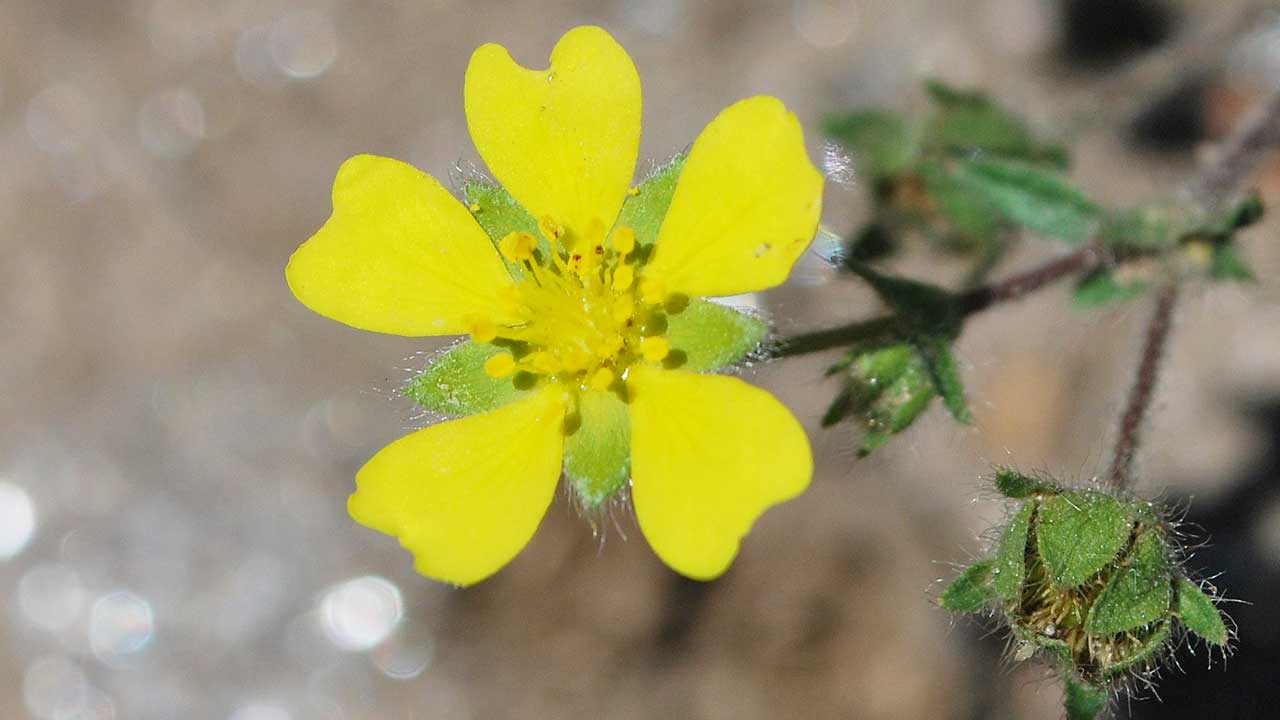
Flower Closing:
Flowers close their petals in response to changes in humidity and light levels, often occurring before rain. This protective mechanism helps preserve pollen and prevents damage from heavy rain.
Sky observation
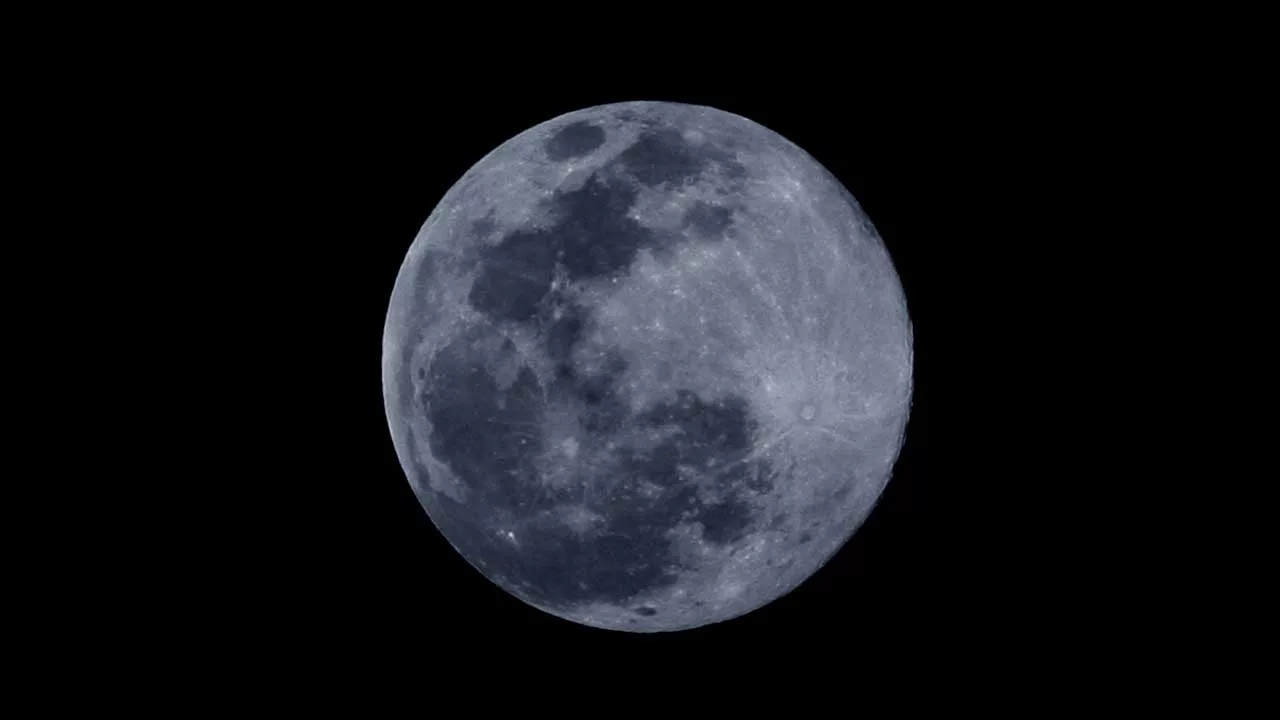
The Enigmatic Halo: A Weather Sign of Nature’s Symphony
Behold the celestial spectacle: a luminous halo encircling the moon, foretelling the secrets of the skies. It’s not just folklore; it’s a phenomenon steeped in scientific wonder.
The Science Behind the Halo: Nature’s Prism of Light
When you gaze upon a halo around the moon, nature is whispering its secrets of impending rain. This atmospheric marvel occurs when the moon’s gentle glow traverses through moisture-laden clouds, where ice crystals await to refract its light.

Signs of the Halo: Predicting Rainfall
But here’s where it gets intriguing. The size and tightness of the halo convey a subtle message from the heavens. A tight-fitting halo suggests rain is distant, teasing us with the anticipation of precipitation. However, when the halo expands into a grandiose ring, nature’s symphony signals that rain is imminent, preparing to grace the earth below.
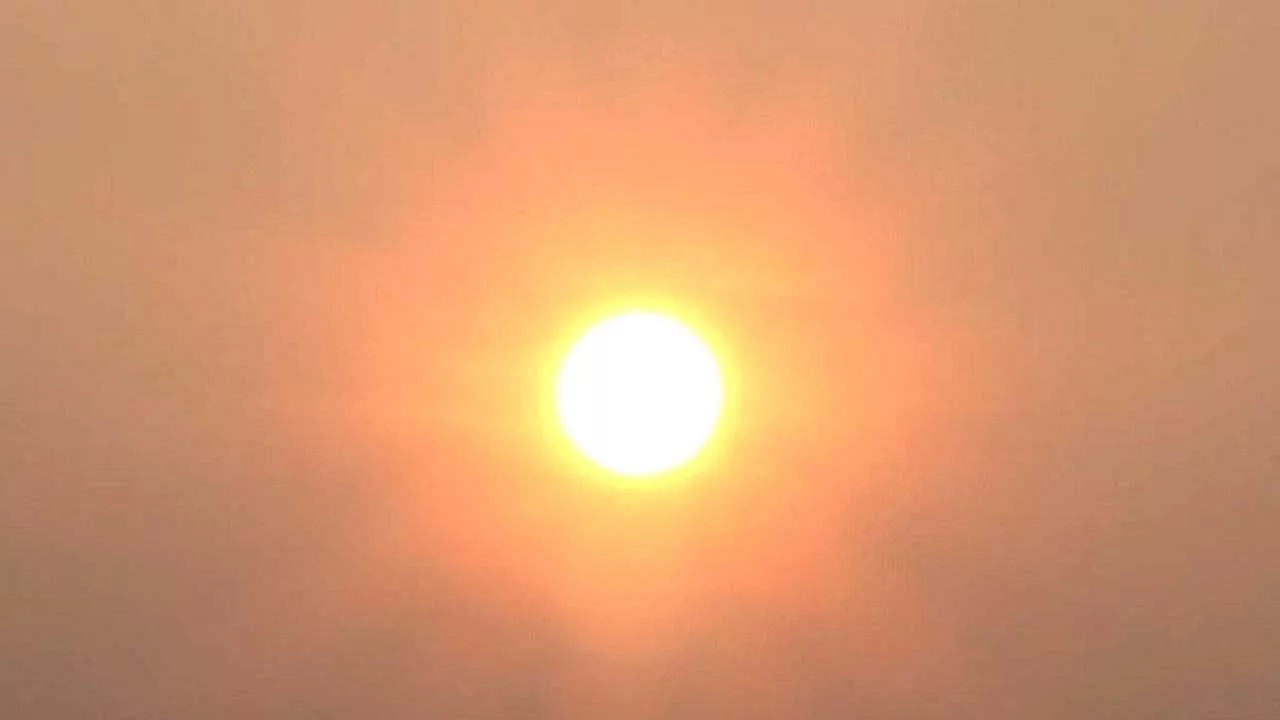
Sun’s Halo: A Mirror of Weather Patterns
As the clouds converge, obscuring the moon’s crisp outline, it’s as though the cosmos itself is orchestrating a prelude to the impending rain shower. And just as with its lunar counterpart, the sun too exhibits this celestial dance, revealing clues to the weather ahead.
Deciphering the Proverb: Red Sky in the Morning, Shepherd’s Warning! Red Sky at Night, Shepherd’s Delight
Behold the awe-inspiring spectacle of red skies at sunrise or sunset, where nature paints the heavens with hues of anticipation. But beyond their breathtaking beauty lies a deeper story—one rooted in scientific phenomena and atmospheric dynamics.

The Phenomenon: Understanding Red Skies
As daylight wanes and the sun bids adieu to the horizon, a captivating transformation unfolds in the sky. The reddish-orange hues that grace the atmosphere hold profound insights into atmospheric conditions, serving as nature’s subtle forecasters.
The Role of Atmospheric Moisture: Rayleigh Scattering in Action
Delve into the intricate workings of the atmosphere, where sunlight meets suspended particles and molecules in a dance of color. Among these, water droplets play a pivotal role, scattering short-wavelength blue light and allowing longer-wavelength red light to dominate the sky. This phenomenon, known as Rayleigh scattering, is the artist behind the mesmerizing crimson canvas above.

Interpreting Nature’s Signs: The Directional Clue
But the story doesn’t end with the hues alone. The direction from which the weather approaches adds a layer of meaning to the spectacle. A red sky at dawn in the east foretells potential rain or stormy weather approaching from that direction. Conversely, if the weather moves from west to east, a red sky in the morning signals that the inclement weather has already passed.
Embracing Nature’s Guidance
In essence, red skies serve as nature’s silent messengers, urging us to pay heed to the atmospheric whispers woven into the canvas above. By unraveling the scientific principles behind this captivating phenomenon, we deepen our connection with the natural world and unlock its secrets.

The weather phenomenon according to the Bible (Matthew XVI: 2-3), Jesus stated, “When in evening, ye say, it will be fair weather: For the sky is red. And in the morning, it will be foul weather today; for the sky is red and lowering.” is based on the principle of atmospheric optics and weather patterns.
Remember the age-old wisdom encapsulated in the biblical proverb: “Red sky at night, shepherd’s delight. Red sky in the morning, shepherd’s warning.” This timeless saying echoes the practical knowledge passed down through generations, reminding us to read the signs of the sky with reverence and heed the warnings it may hold. Whether delight or warning, the red sky invites us to pause, observe, and appreciate the wonders of the world around us.
Other Proverbs:
A Western proverb suggests, “Porpoises in a harbor, expect a storm. These animals need to come to the surface to breathe. This is more difficult in rough water.”

“The spider was another prophet: when the weather was set fair he would stay in the middle of his web; but if wind and rain threatened, he would retire to something more solid.”
Weather Signs in Nature’s Aromas: The Science Behind Enhanced Smells
Understanding the Phenomenon
Rising humidity and the surge in moisture content within the air are key catalysts in intensifying scents. This phenomenon is intricately tied to dropping air pressure, setting the stage for a sensory journey through nature’s fragrances.
The Science of Scent Amplification
As humidity levels escalate, odor particles undergo a transformative process, becoming “hydrated” or laden with moisture. This moisture-laden state allows them to effortlessly adhere to the olfactory membranes in our nasal passages, heightening our perception of smell.

Signaling Nature’s Symphony
The amplification of smells serves as a subtle yet unmistakable indicator of impending weather changes. Stronger scents often herald the arrival of rain or stormy conditions, offering us a glimpse into nature’s symphony before it unfolds.
Unlocking the Potential
By comprehending the intricate interplay between humidity, air pressure, and scent intensification, we gain a deeper appreciation for the subtle nuances of our natural surroundings. Embracing this knowledge allows us to engage more fully with the sensory tapestry of the world around us.
Wind Direction and Strength

Using wind direction to predict weather changes:
Wind direction is influenced by pressure gradients and the rotation of the Earth. Observing wind patterns can provide clues about approaching weather systems.
Assessing wind strength without tools:
Wind strength is related to pressure differences between air masses. Strong winds suggest significant atmospheric disturbances, potentially signaling approaching storms or changing weather patterns.
Utilizing Surroundings for Weather Prediction
Natural indicators on the ground
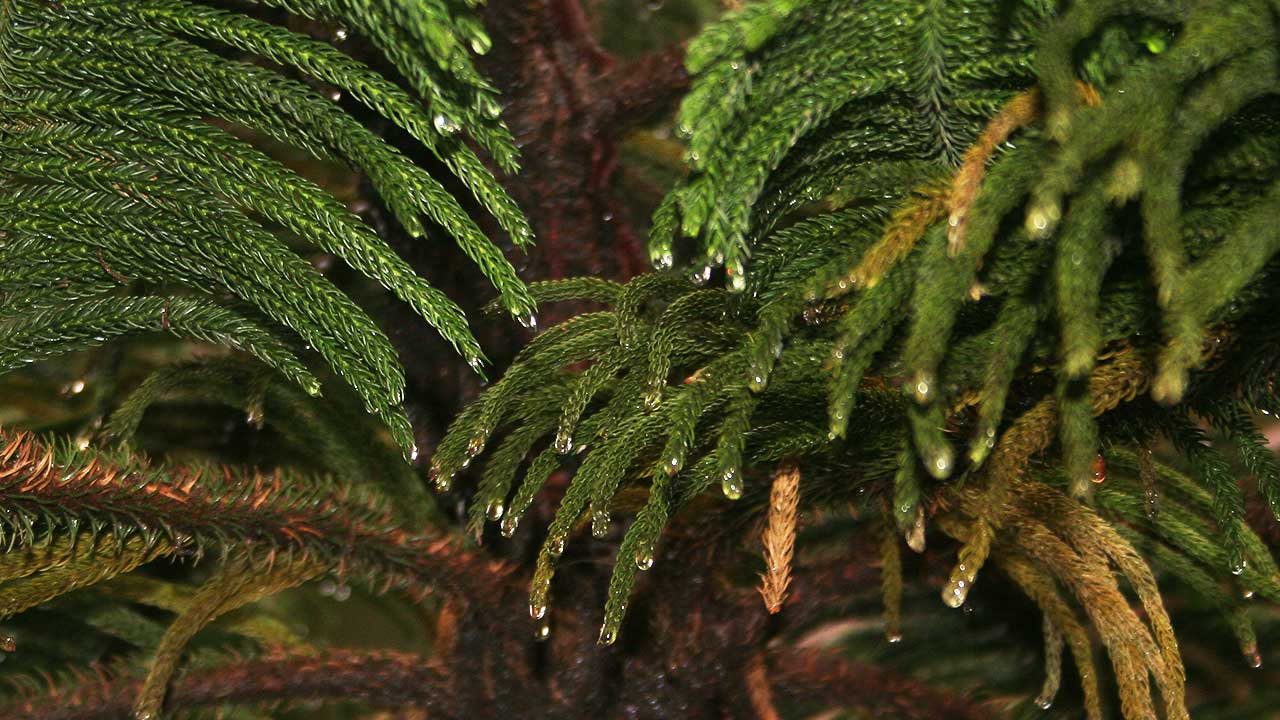
Observation of moisture levels:
Moisture on the ground increases as humidity rises or precipitation approaches. Feeling dampness underfoot indicates higher humidity levels, often preceding rain or fog.
Changes in ground temperature:
Changes in ground temperature occur due to variations in solar radiation and atmospheric conditions. Warmer ground temperatures may indicate the presence of warm, moist air masses, potentially leading to thunderstorm development.
Water Sources
Ripples on water bodies:

Ripples on water surfaces result from wind interacting with the water’s surface. Increased ripple activity suggests stronger winds, often associated with approaching weather fronts or storm systems.
Behavior of insects near water:
Insects are sensitive to changes in humidity and atmospheric pressure. Increased insect activity near water sources may indicate changes in weather conditions, such as approaching storms or changes in temperature. When the weather cools, the Whirligig Beetles insects travel closer to shore.

Terrain features
Influence of Mountains and Valleys on Weather Patterns
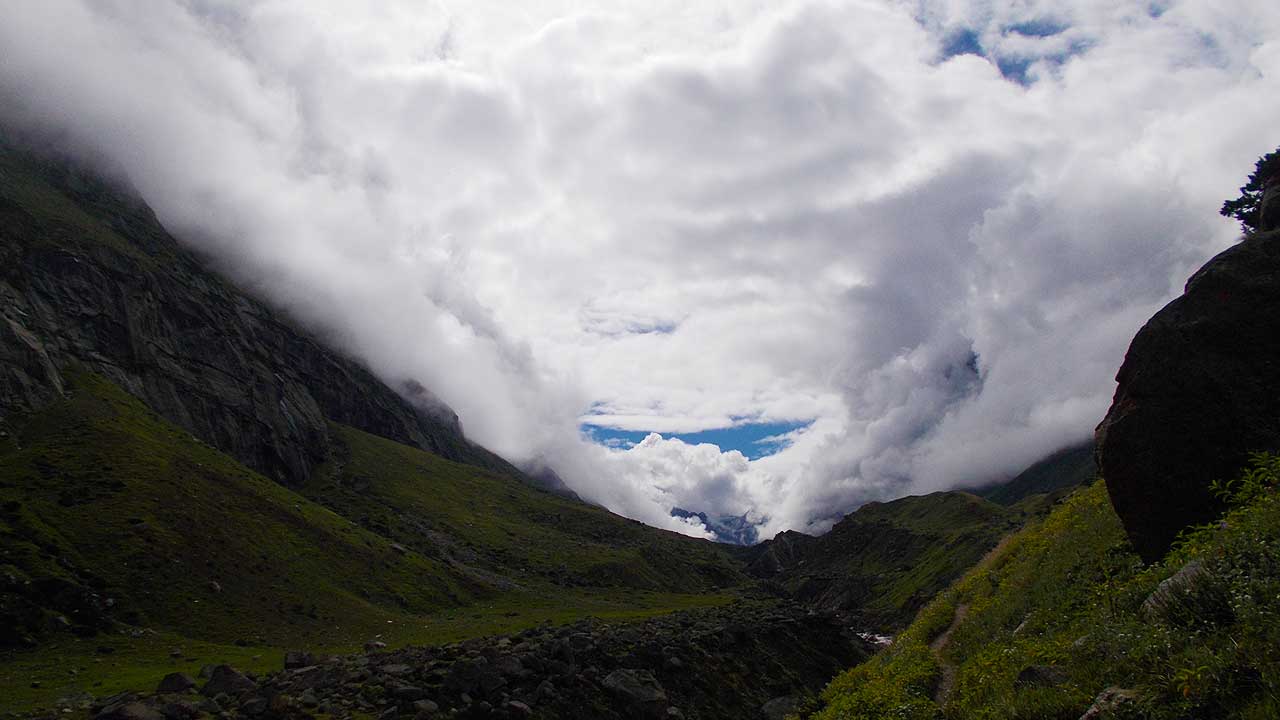
Mountains and valleys play a significant role in shaping local weather patterns. When winds encounter mountains, they are forced to rise, causing cooling and condensation of moisture, often resulting in increased precipitation on the windward side. This phenomenon, known as orographic lifting, can lead to dramatic differences in weather conditions between mountainous and low-lying areas. Conversely, valleys can act as channels for air movement, directing winds and influencing the distribution of precipitation. By understanding the interaction between terrain features and atmospheric processes, one can anticipate how local geography will impact weather conditions.
- Featured image by Aravind during our expedition. Join him on Twitter now known as X
Related Readings:
El Nino Explained: Future Challenges for the Himalayas & Beyond
Super El Niño Unleashed: 2024 Spring Holds Historic Potential
Chasing Clouds: Western Disturbances & Himachal’s Magic